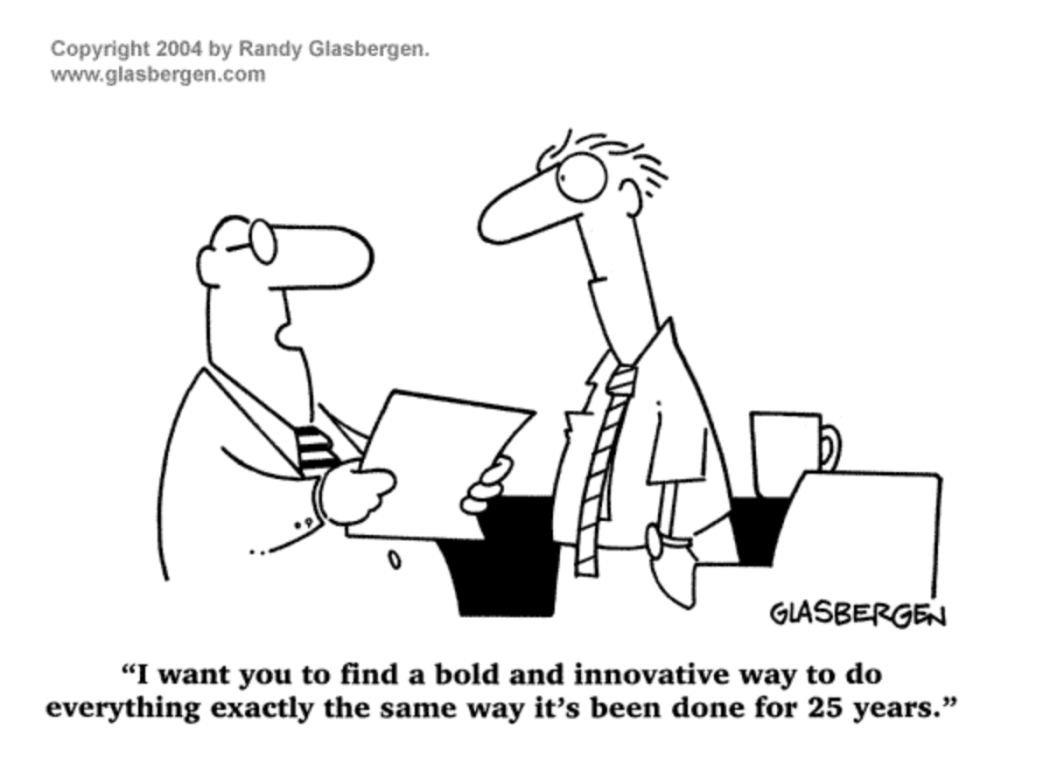Preparing your Team to take the B-Lean Leap
The B-Lean system from Burlodge is not just a more efficient means for assembling trays. B-Lean is a catalyst for a more efficient operation. It promotes lean philosophy among staff and managers which infiltrates into other processes. Lean philosophy emphasizes the value of minimizing waste in the form of time, inventory and flow. Changing to a lean way of thinking may be challenging because it involves changing thought processes and not just tasks or routines. Preparing your staff to take the B-Lean Leap through promoting lean thinking is important to ensure your operation runs smoothly, and continues to do so in the future.

Lean Ways of Thinking
Waste Less
Lean thinking involves tuning your mind to wasteful processes in your system. To help staff jump into lean thinking, ask them to start considering what processes, steps or tasks in the operation are redundant or wasteful to time or labour resources. Don’t forget to make it fun! This will help staff become more aware of inefficient processes in your current system, if they already haven’t begun to do so. Processes to focus on could be menu streamlining, steps involved in tray assembly, inventory receiving or your inventory storage system. It will also help staff to become more receptive to the idea of system improvements later on because they will better understand why it needs to happen. This exercise may need to begin several months prior to implementation to have a positive effect on receiving change when it matters most.
Be Flexible
Flexibility is not just about being efficient, it is about being resourceful. It is the ability to cleverly adapt your time and resources to changing situations. The B-Lean system is flexible in many ways and staff needs to be as well. Helping staff move from routine to adaptable and pro-active thinking will help B-Lean run as smoothly and efficiently as possible beyond implementation. A good exercise to help staff step out of routine would be to ask them to switch roles with other staff members on the belt line. You could also ask staff to consider how they would re-designing the current belt line. Another good staff project would be to develop a variety of contingency plans. Such plans could involve preparing for fridge or freezer malfunctions, food spills or short-staffing.
Being Lean is a Never-Ending Process
Complacency is not a word in the Lean dictionary. Just because a process has been done the same way for years, even if it works, is not a reason to keep doing it. Sticking to routine makes you blind to things that could be improved about the process. As a manager, you must constantly ask yourself, and your staff, how you are working towards value-added efficiency. I say value-added efficiency because efficiency to the point of cutting corners just functions to cheapen the service. Having some sort of reward system for well thought-out ideas on process improvement should be considered.
Coping With Change
The most resistant staffs are the ones who are comfortable with routine. They may also be the ones who are unsure of their ability to perform well in the new system. It is important to understand the root causes of resistance towards change. Being approachable or engaging staff members to speak about the potential causes for resistance is necessary to develop coping strategies and to foster a trusting environment. Frequent staff meetings to communicate the progress of implementation are key for transparency and are an opportunity for staff to express concerns or suggestions.
The common theme in this article for preparing staff for change is to make them a part of it. If staffs are involved, they will feel respected, considered and engaged in the project, which will translate into successful team outcomes. However, although this democratic style of management is good for group cohesion and team investment, it has drawbacks when too many ideas are thrown around with no direction. As a manager, being democratic while taking charge of the change is important to prevent disorder.
Switching to B-Lean also involves switching to lean thinking. If lean thinking is not already a part of the corporate culture, taking steps to incorporate lean thinking into your operation will help staff adapt more easily to, and better receive the new B-Lean system.











